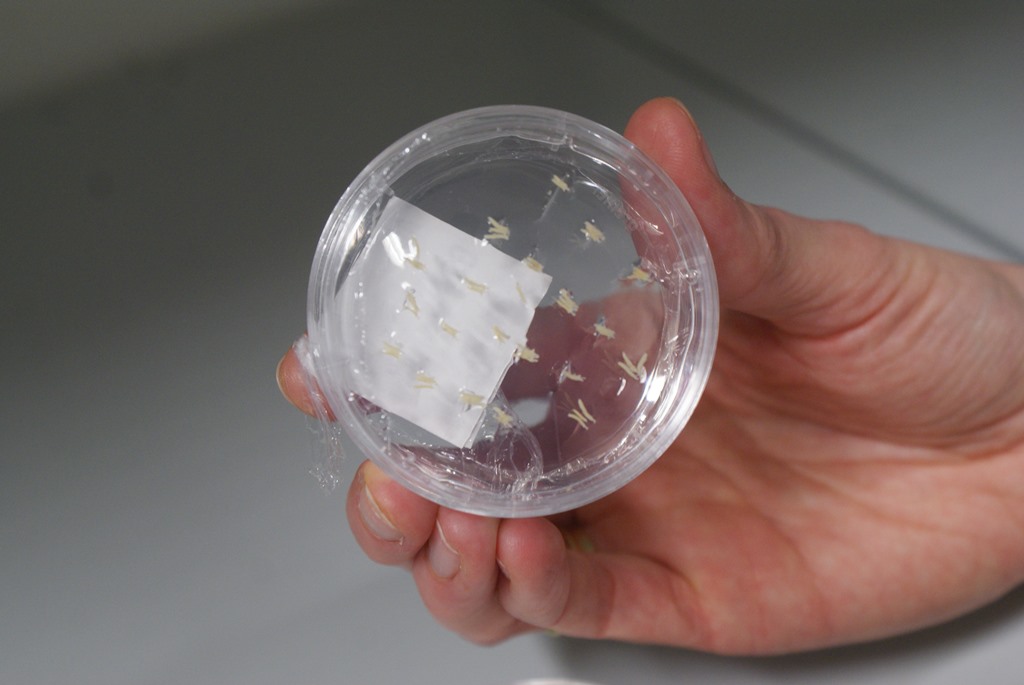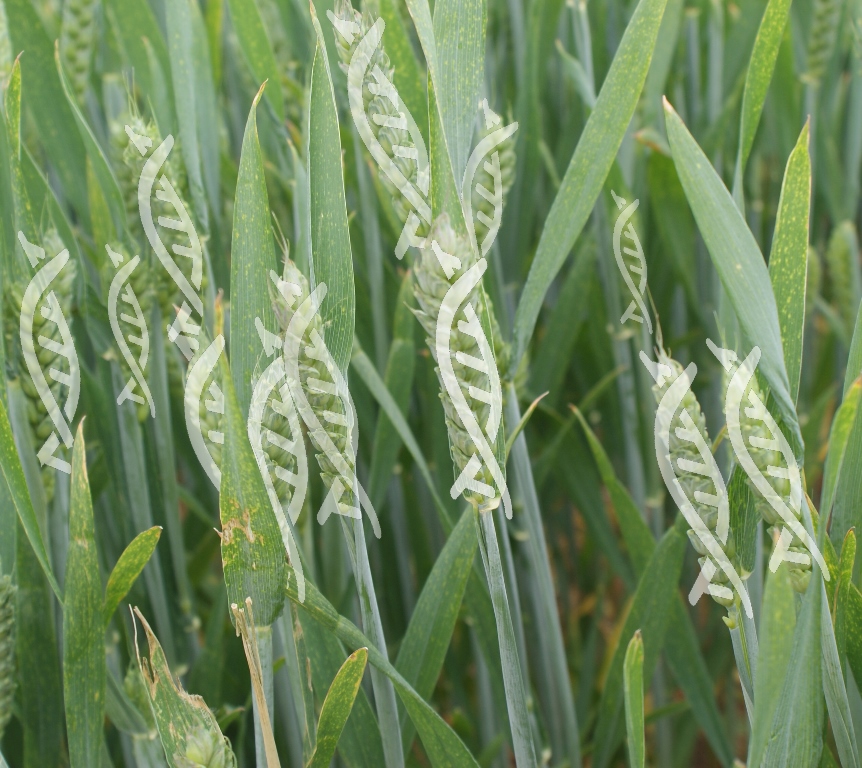Could the technology of CRISPR itself provide a solution to the regulation conundrum? CPM reports on a new development.
By Tom Allen-Stevens
Scientists are now working on a new form of genome editing which, they say, could be transformative in the way it delivers new traits to growers.
“The traditional process of CRISPR involves inserting DNA into the host plant that encodes the machinery that makes the cut,” explains JIC’s Prof Cristobal Uauy. “There’s now a technique using ribonucleoproteins (RNP), whereby you make the edit without inserting any foreign DNA.”

With HI-Edit, the maize pollen used in the process is genetically modified to produce the edit in the haploid cells.
But a new breakthrough was published in a paper late last year by a team of Syngenta scientists. Termed HI-Edit, it uses haploid induction (HI) to make the cut. “It’s now a widely used practice in conventional breeding to use doubled haploids (DH) to speed up the process of generating a fully homozygous cross,” explains Cristobal.
With DH, haploid cells of the desired cross, with half the chromosomes of normal cells, are doubled up in the lab. It means a breeder has a cross with complete homozygosity in its genetic make-up in just one generation, rather than typically six required through traditional backcrossing.
“Maize pollen is often used in the process to bring on the haploid wheat cells. With HI-Edit, this pollen is genetically modified to produce the edit in the haploid cells. But all traces of foreign DNA are then removed before the mutated haploids are doubled up,” he continues.
“The maize pollen acts like a Trojan Horse to deliver the machinery that makes the cut. The beauty of this route is that not all wheat varieties can be easily edited using other CRISPR techniques, but DH is established and proven, used currently across elite lines grown commercially,” he notes.
“Using this technique, you could take a wheat variety that’s new on the Recommended List, that may have suffered a breakdown in yellow rust, for example. You make a very precise edit to correct this, and within a year you hand back the edited variety to the breeder for multiplication.”
The team at JIC is currently developing the technique. “We’ll know within a few months whether the technology works. Then we’ll try it on a couple of genes to test simple phenotypes. We could have edited lines within a couple of years,” says Cristobal.
Currently in field trials at JIC is a new GM wheat that produces flour with a high iron content. “In conventional wheat, the iron is locked up by phytates in the bran, so it’s unavailable to humans when the wheat product is consumed, and this is why iron filings are routinely added to flour,” he explains.
“Now we can study the process that causes the iron to be locked up and we may be able to use CRISPR to ensure that the iron within the wheat grain is more readily available.
“But it feels like our research currently has the handbrake on. Getting the work out into the field in the current regulatory environment is a difficult process. It needs to be low cost and treated as part of regular breeding for more companies and research institutes to take the risk with developing these innovations,” notes Cristobal.




